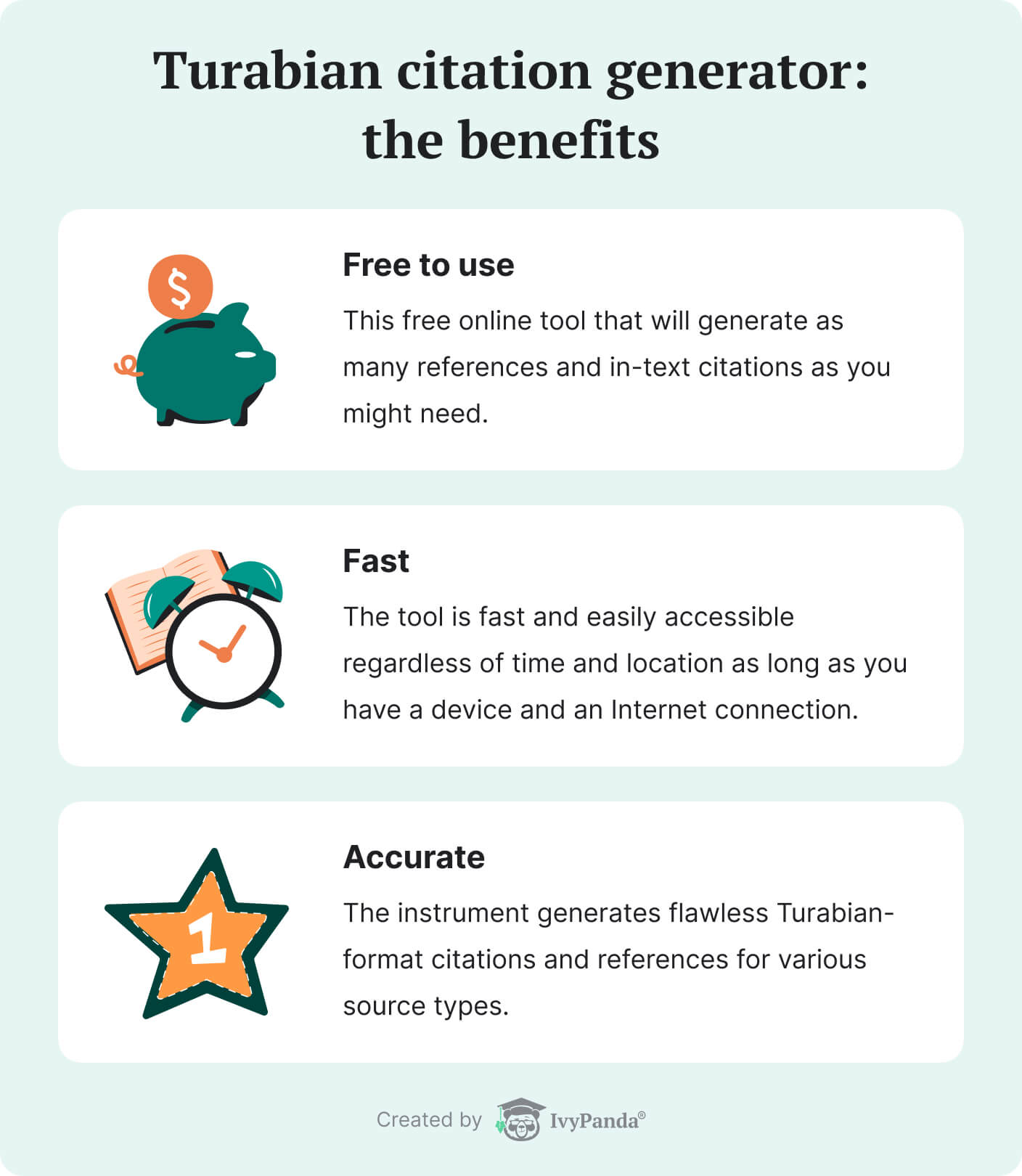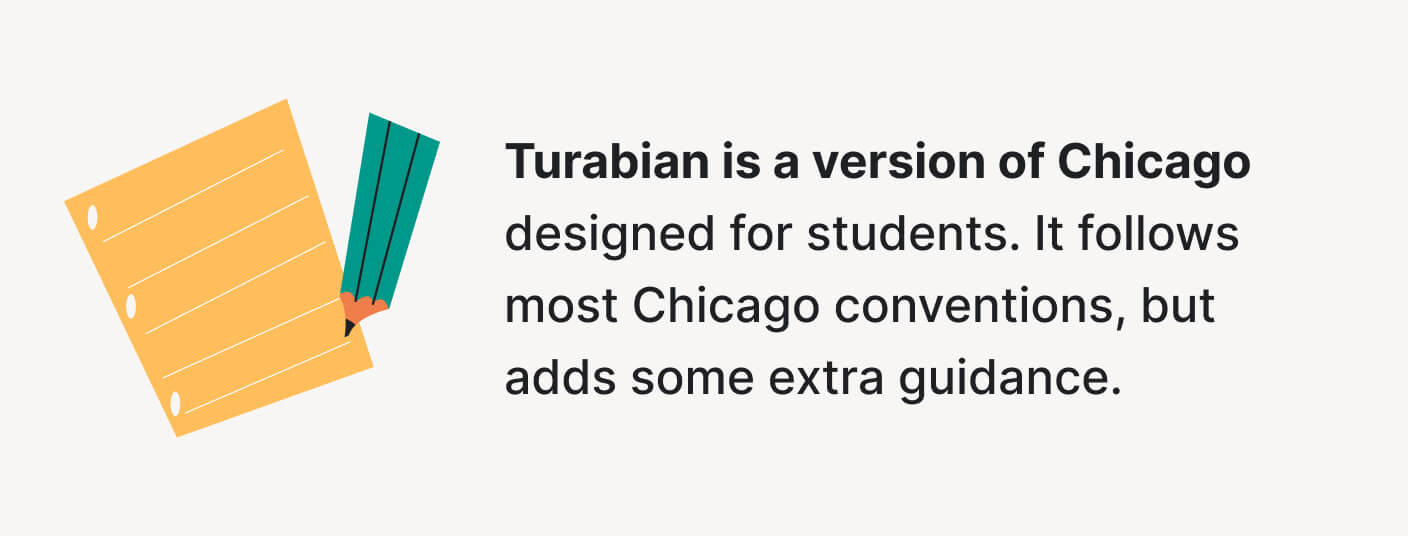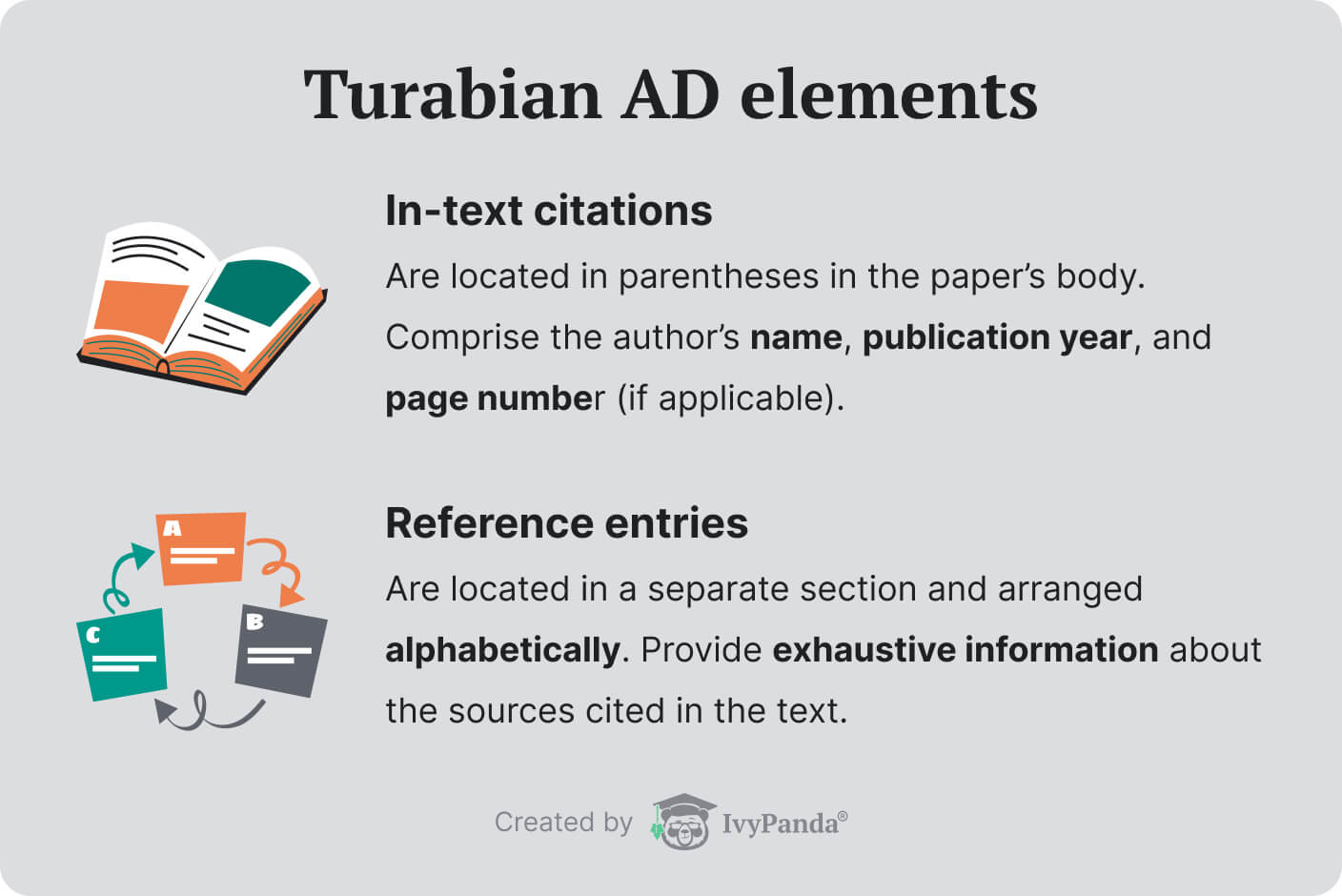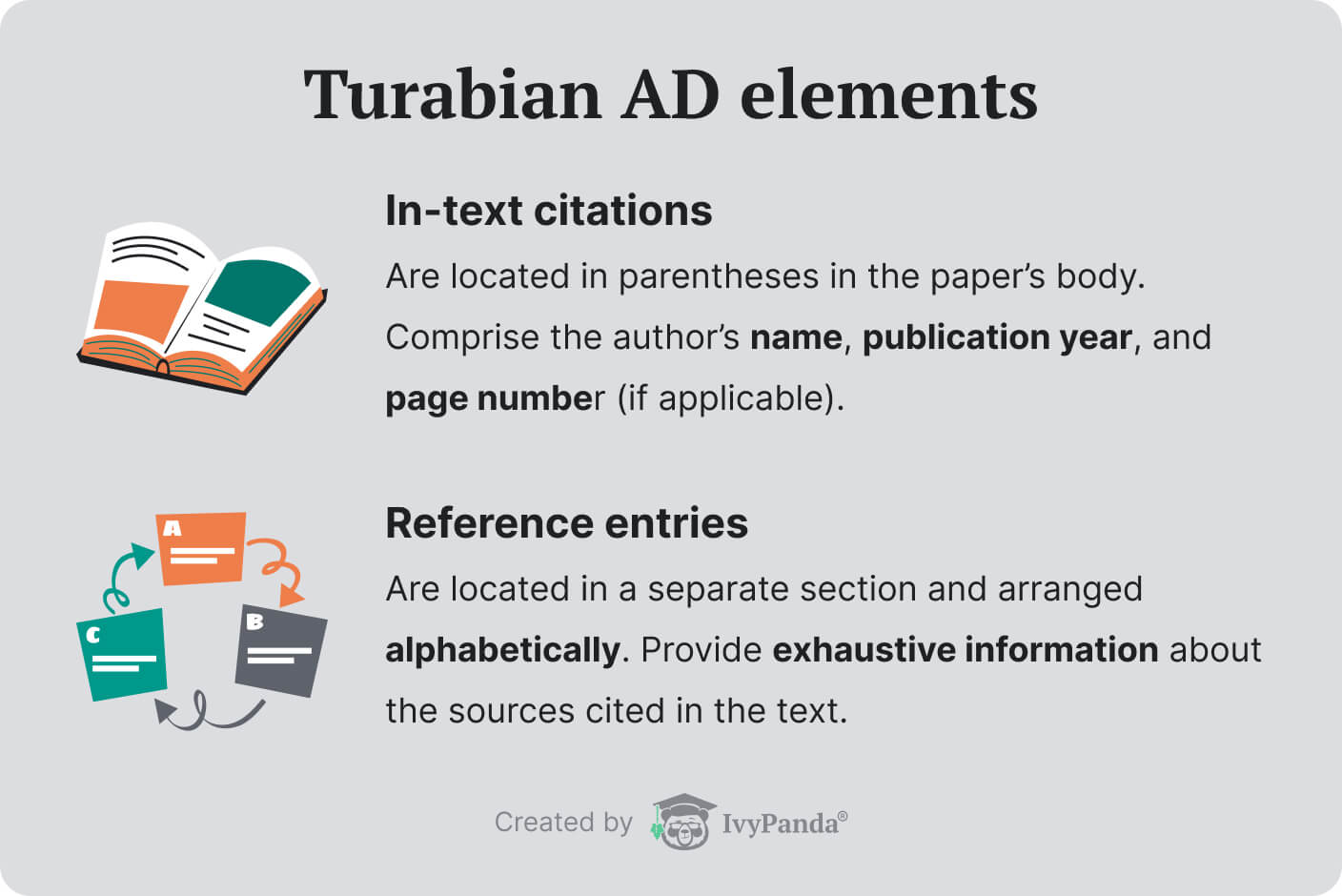Turabian Citation Generator
If you’re looking for the best Turabian citation generator, you're in the right place! This free tool will help you make Turabian-format notes, references, and in-text citations easily.
To use this Turabian-format citation generator, take the following steps:
- Pick the type of your source: book, journal article, website, etc.
- Search for the details or enter the required information manually.
- Get a properly formatted citation and a reference entry.
- Create, save, edit, and download your bibliography lists.
✅ Turabian Citation Generator Benefits
A Turabian citation generator is an efficient tool that helps students and researchers generate accurate citations quickly.

Below, you’ll find some of the benefits of this Turabian citation generator:
- It is a free online tool that will generate as many references and in-text citations as you might need.
- Our Turabian format citation generator is fast, user-friendly, and easily accessible regardless of time and location as long as you have a device and an Internet connection.
- You can be sure that the tool is absolutely accurate: it generates flawless Turabian-format citations and references for various source types.
📖 Turabian Format Explained
Turabian formatting style is a version of Chicago modified to suit the needs of students. It follows most Chicago guidelines but adds some extra recommendations.

Many students who write academic papers often use the Turabian formatting style since their papers are mainly for research and not publishing.
It uses 2 formatting methods:
- Author-date citation method entails adding In-text citations and reference lists at the end of your paper.
- Notes and bibliography method involves appending footnotes and endnotes while adding entries to the bibliography.
The Turabian formatting guidelines were first created by Kate L. Turabian, who was the dissertation secretary of the University of Chicago graduate school. She wrote a book that later became an effective guide for academic paper writers.
It is now known as the Turabian style guide.
The University of Chicago published the 9th edition in 2018. It is almost similar to the Chicago style, only that the Turabian has a narrower scope and is a simpler version.
Turabian vs. Chicago Citation
While Turabian and Chicago citation styles are almost similar, they have some differences in formatting. Unlike the Chicago style, the Turabian citation format has several formatting guidelines for writing academic papers.
Let us look at the guidelines that make the Turabian style different from Chicago:
- The recommended font is Times New Roman 12pt size.
- The references are double-spaced.
- The citations have margins of 1 inch.
- New paragraphs have 0.5-inch indents.
The above pointers are standard formatting guidelines unless your professor issues different rules.
💬 Turabian Citation Format
There are two essential element groups in the Turabian citation format – the author data style and the notes and bibliography format.
Generating Turabian Author-Date Citations
The author-date citation entails adding short in-text citations in parentheses that match the reference list entries. It is usually used when formatting academic papers.

Let us explore the in-text citations and reference list entries together with examples.
Turabian AD In-text Citations
This citation entails adding:
- The author’s last name
- The publication year
- The page number, if necessary
This information is to be added at the end of a relevant statement or sentence. Ensure you close the citation in one parenthesis.
Turabian AD Reference List Entries
The reference list is a separate document providing detailed entries of the sources you have cited in your paper. After the author’s name, you should place the year of publication so you can easily cross-reference with the in-text citations.
Book
Journal Article
Website
Generating Turabian Notes and Bibliography Citations
Regarding Turabian notes and bibliography, you can cite your work using footnotes or endnotes and a bibliography at the end of your document. What’s interesting is that you can include citations for all the sources you have used in your text – primary, secondary, and tertiary sources.

Turabian NB Footnotes and Endnotes
In Turabian style, you can add footnotes or endnotes in your citation. Sometimes you can include several sources in your paper.
The first note of every reference source has complete information, while the following citations are placed in short forms to save space.
You should add a superscript signaling the presence of a note at the end of a sentence or phrase related to the citation.
What is the difference between footnotes and endnotes?
- Footnotes should be at the bottom section of a page
- Endnotes are placed at the end of the document
It is imperative to note that you CAN’T use both the footnotes and endnotes in your text. You must choose one.
Turabian NB Bibliography
The bibliography is a list of detailed entries of the citation sources you included in your text. Normally, the list is a separate document placed at the paper's end.
Here are the key requirements:
- Ensure you arrange the entries alphabetically using the authors' last names.
- Separate the names with a comma (e.g., Johnson, Adam).
- List each source on a new line and include a hanging indent if the entry has extra lines.
Turabian NB Citation Examples
Book
Bibliography
Full Note
Short note
Journal Article
Bibliography
Full Note
Short note
Website
Bibliography
Full Note
Short note
Thank you for reading this article! Note that we’ve developed citation generators for the most common formatting styles:
❓ Turabian Citation Generator FAQ
Updated: